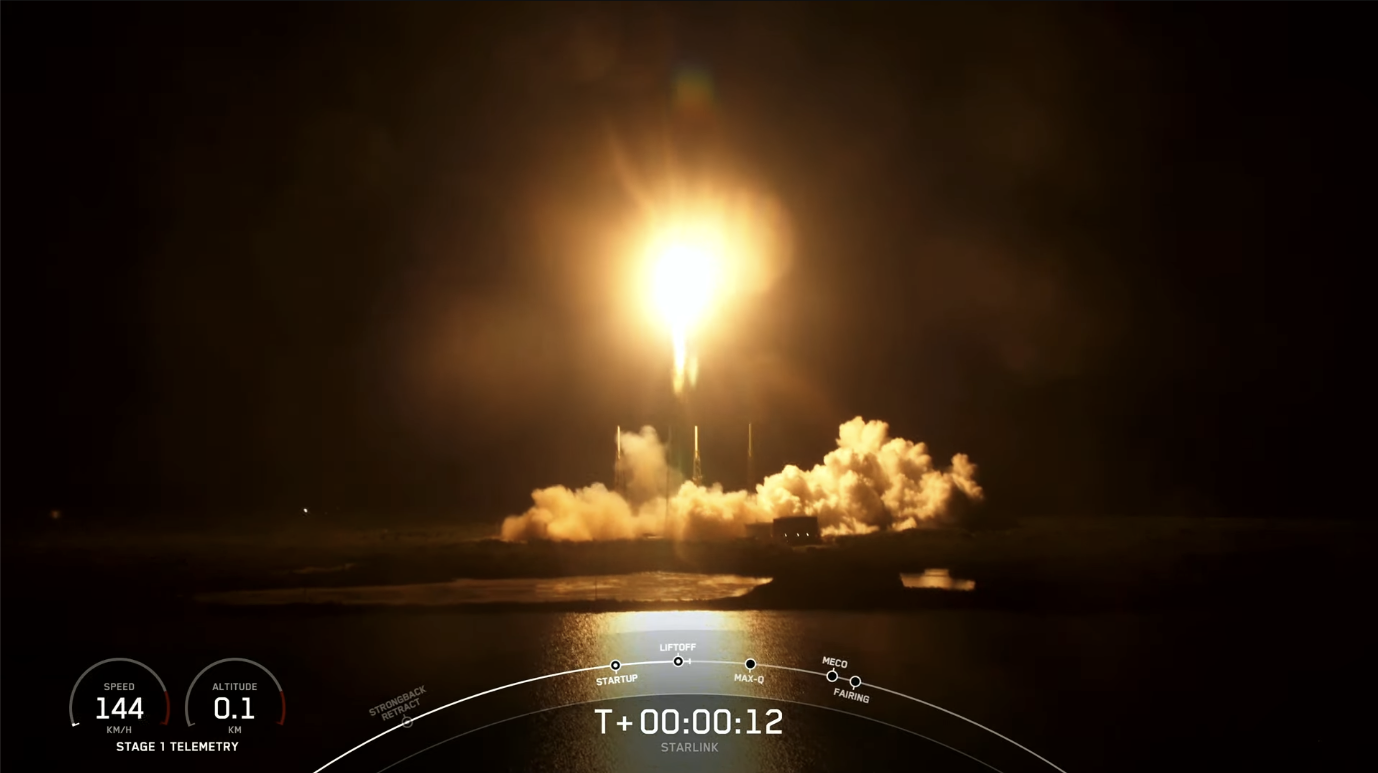
As May burns into its third week, SpaceX launched its third mission and its third Starlink batch of the month early Sunday, as a fleet-leading Falcon 9 booster rose from storied Space Launch Complex (SLC)-40 at Cape Canaveral Space Force Station, Fla., laden with 56 of these flat-packed internet communications satellites. And although SpaceX reveals precious little in terms of a detailed mission manifest, May’s second half looks to be a busy one, with the first Falcon 9 flight in over four years to carry an Iridium NEXT payload, a powerful geostationary communications satellite for Saudi Arabia and the crewed Ax-2 mission for Houston, Texas-based AxiomSpace, Inc., which will deliver four crew members on a two-week research expedition to the International Space Station (ISS).
Flying tonight’s mission was none other than B1067, making her 11th launch. This particular bird entered SpaceX’s Falcon 9 fleet in June 2021, when she lofted the CRS-22 Cargo Dragon for its month-long voyage to the ISS.
She went on to deliver eight astronauts from the United States, Germany and Italy to the station as part of the Crew-3 and Crew-4 missions in November 2021 and last April, followed by the CRS-25 Cargo Dragon last summer. Added to that list, she lifted a geostationary communications satellite for Turkey, a grand total of more than 200 Starlinks, a pair of O3b mPOWER broadband satellites and the Hotbird 13G communications satellite.
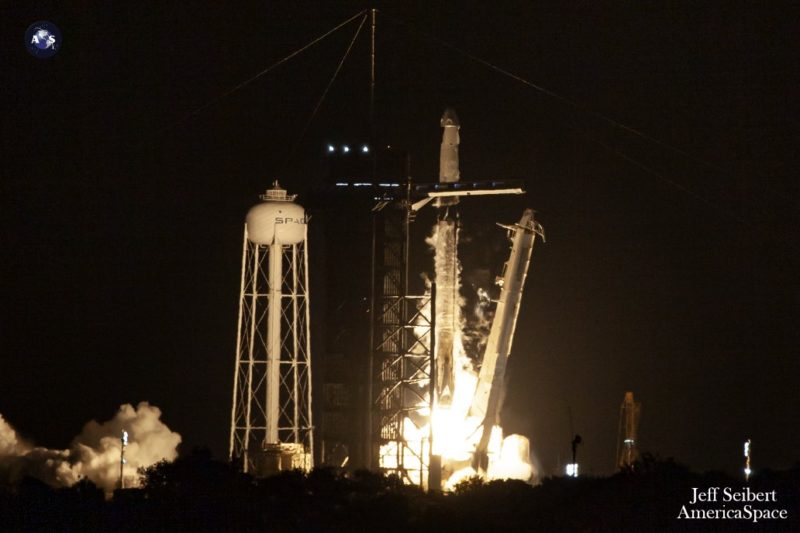
Supporting tonight’s launch, the East Coast-based Autonomous Spaceport Drone Ship (ASDS), “Just Read the Instructions”, departed Port Canaveral last week, bound for a recovery position about 410 miles (660 kilometers) downrange in the Atlantic Ocean. And weather conditions along the Space Coast were predicted to be highly favorable for primary and backup launch attempts, with three T-0 points available early Sunday and a further three available in the wee hours of Monday morning.
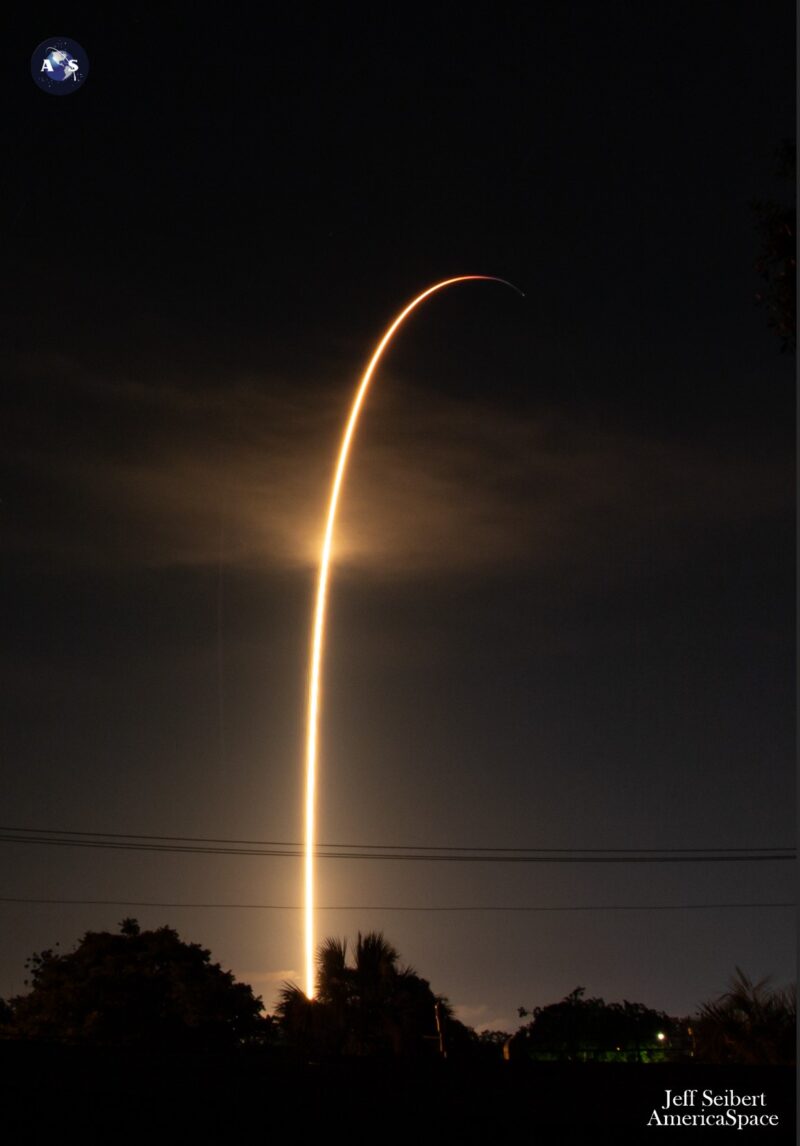
Of both days, Sunday’s pre-dawn hours were the most promising, with a 95-percent probability of being acceptable for the three launch opportunities at 1:03 a.m. EDT, 2:44 a.m. EDT and 4:25 a.m. EDT. With expectations that chances of showers and isolated thunderstorms would pass westward from Atlantic coastal waters, high pressure was predicted bring drier conditions, according to the 45th Weather Squadron at Patrick Space Force Base.
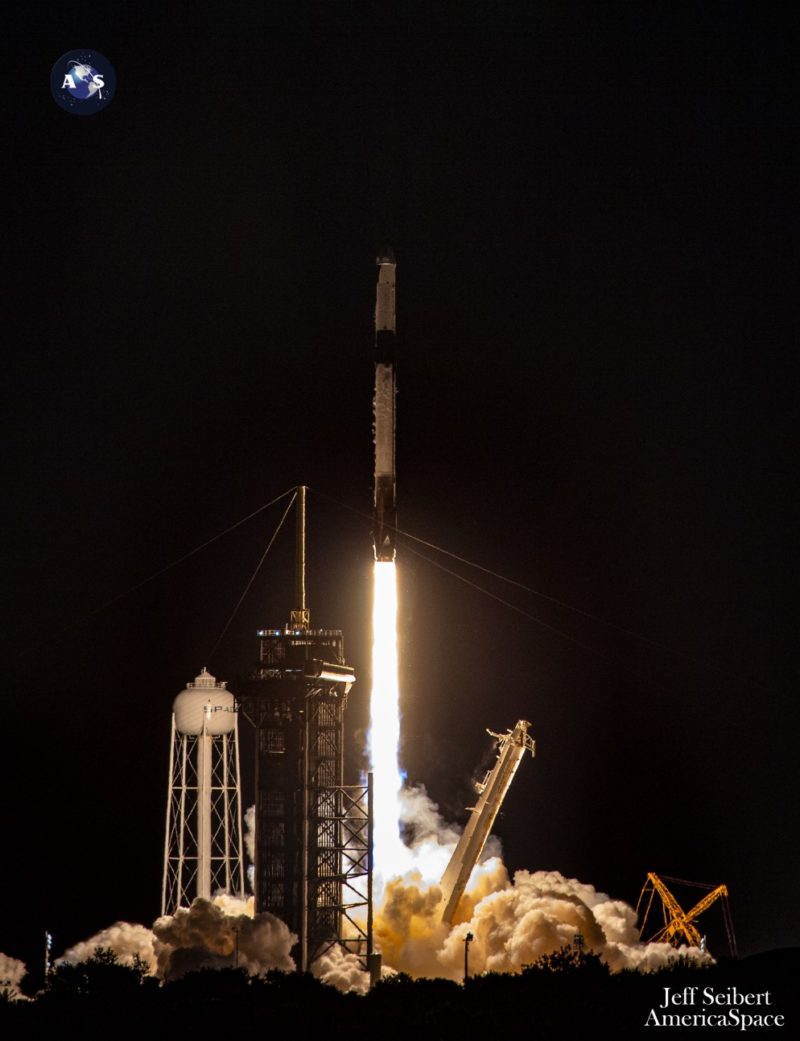
“Onshore flow,” it was added, “will persist through the overnight hours, with only a slight chance for the Cumulus Cloud Rule during the launch window.” A gradual return of moisture later on Sunday and into Monday’s pre-dawn hours was expected to drop the Probability of Go (PGo) slightly, although still expected to sit at 90-percent favorable.
Taking full advantage of this exceptional Florida weather picture, B1067 speared into the darkness at 1:03 a.m. EDT Sunday, right on the opening of the first T-0 point. As has been the case on her previous ten launches, she performed admirably, boosting the Falcon 9 uphill, before separating from the stack and guiding herself to a smooth touchdown on JRTI’s deck, wrapping up her 11th mission and her 11th on-point drone ship landing.
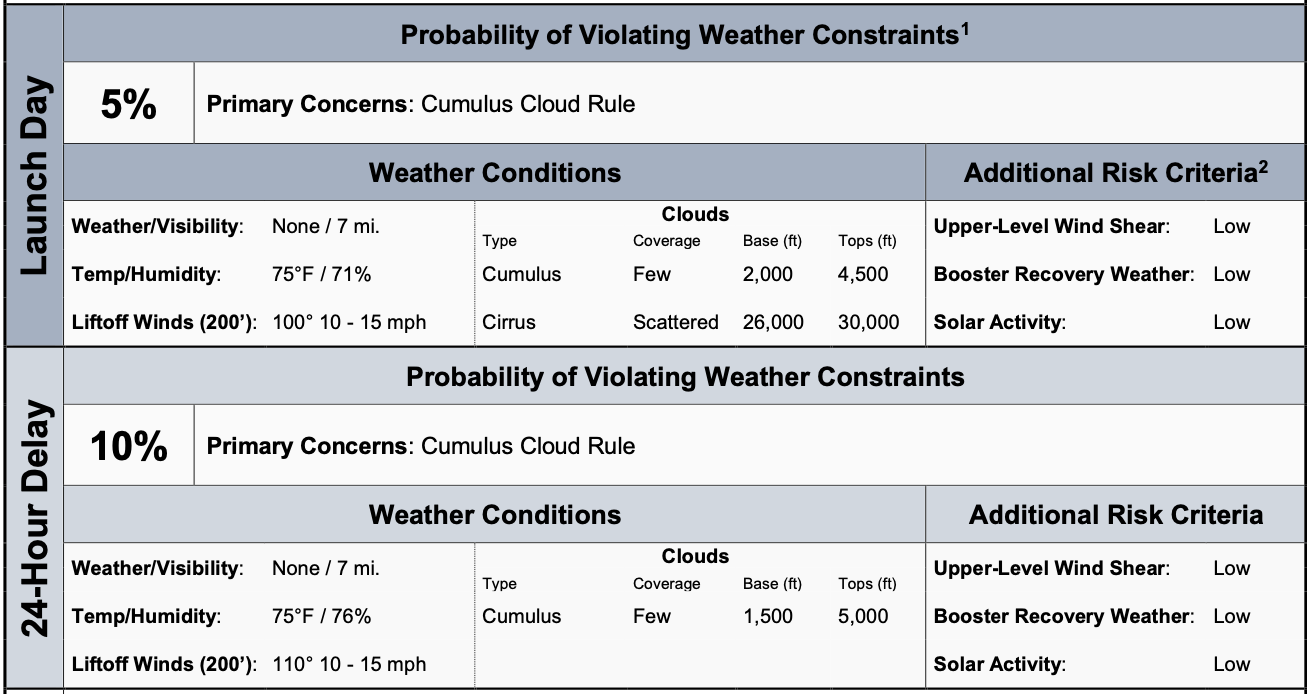
The second stage then picked up the baton, executing a six-minute “burn” of its single Merlin 1D+ Vacuum engine to lift the 56 Starlinks to their deployment altitude. The satellites were released into space just shy of 65 minutes after launch, bringing the Starlink total for May so far to an impressive 163 in a little more than a week and SpaceX’s overall tally for 2023 to date to over 780.
“With each launch of our first-gen @Starlink satellites, we add over a Tbps of capacity to the constellation,” SpaceX tweeted last week, “allowing us to continue improving coverage and connecting more people around the world with high-speed internet from space.” Since May 2019, more than 4,300 production-design Starlinks have been launched, facilitating high-speed and low-latency internet across more than 50 sovereign nations and international markets spanning North and South America, Europe, Asia, Oceania and Africa.
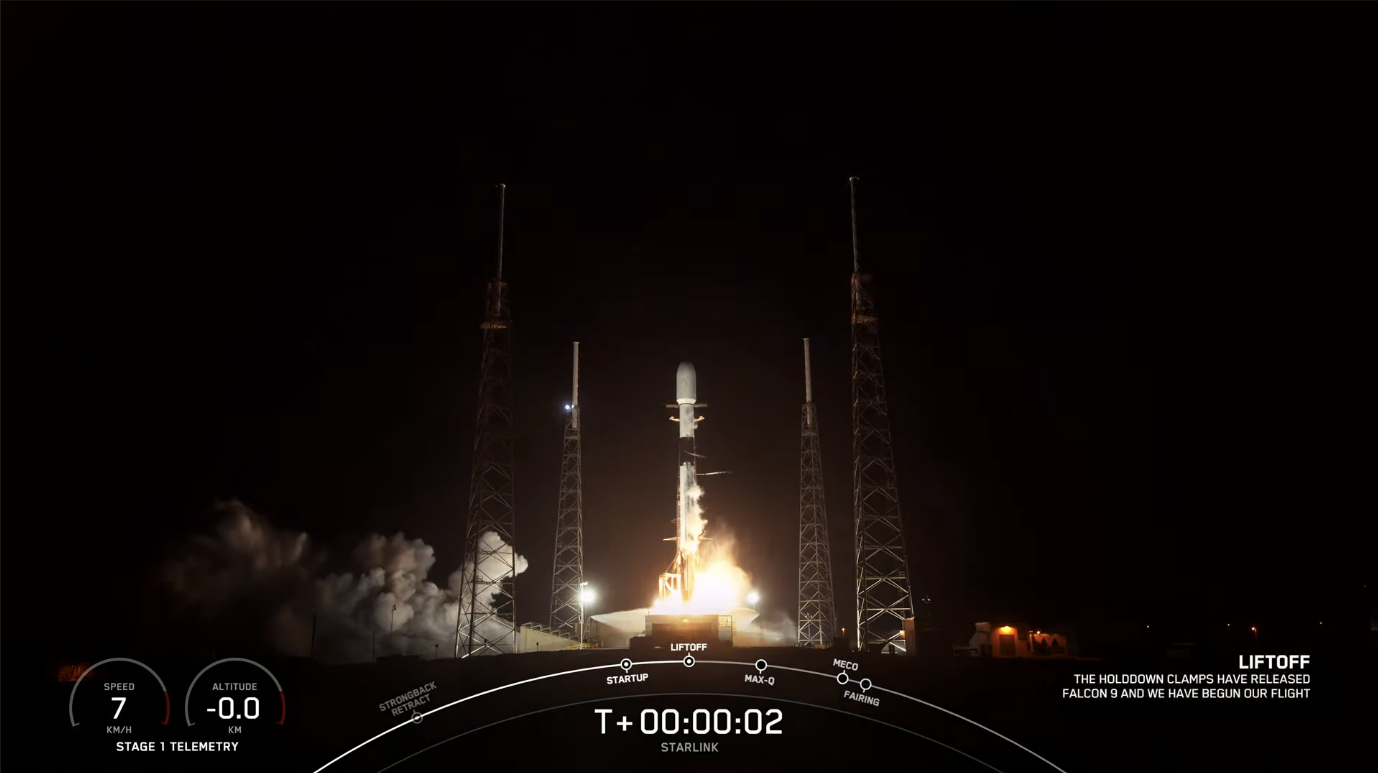
In the last few weeks alone, Haiti, Ecuador and El Salvador have officially signed up to Starlink. Florida-based intercity operator Brightline recently revealed it has adopted the network on its trains, marking the first passenger rail service in the world to do so. And just last week, SpaceX noted that El Salvador’s Ministry of Education has begun integrating Starlink capability into its schools to help close the digital divide.
Looking ahead, the crew-carrying Ax-2 mission to the ISS is scheduled to launch from historic Pad 39A at Florida’s Kennedy Space Center (KSC), at 5:37 p.m. EDT on 21 May. Commanded by former NASA Chief Astronaut and America’s most flight-seasoned spacefarer, Peggy Whitson, the four-member Ax-2 crew also includes airshow pilot, athlete and motorsports endurance racer John Shoffner and Saudi Arabia’s Ali Al-Qarni and Rayyanah Barnawi.
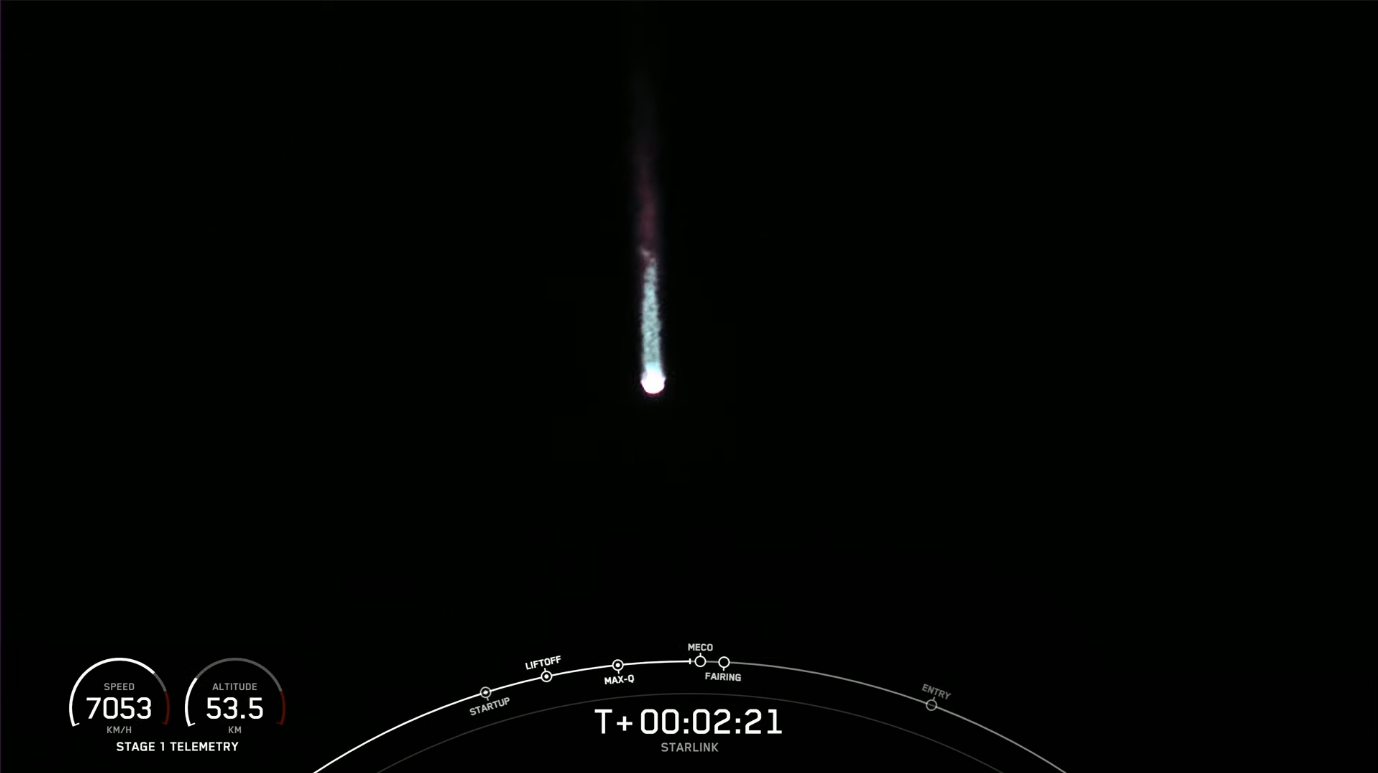
That launch has met with almost two weeks of delay, past its original 8 May placeholder date, as SpaceX teams worked to deconfigure Pad 39A from its duty last month to loft a triple-barreled Falcon Heavy with the ViaSat-3 geostationary payload. Despite some fears that due to a busy manifest of research, Extravehicular Activity (EVA) and crewed and uncrewed visiting vehicles over the late spring and summer months, the mission might slip until September, that now appears not to be the case.
Assuming an on-time launch at 5:37 p.m. EDT on the 21st, Whitson’s crew will travel to the space station aboard Dragon Freedom, making the second flight of her career after supporting last year’s 170-day Crew-4 mission. They will dock autonomously at the ISS at 9:24 a.m. EDT on 22 May, only 15 hours and 47 minutes after liftoff, with pressurization and hatch opening anticipated for around 11:13 a.m. EDT.
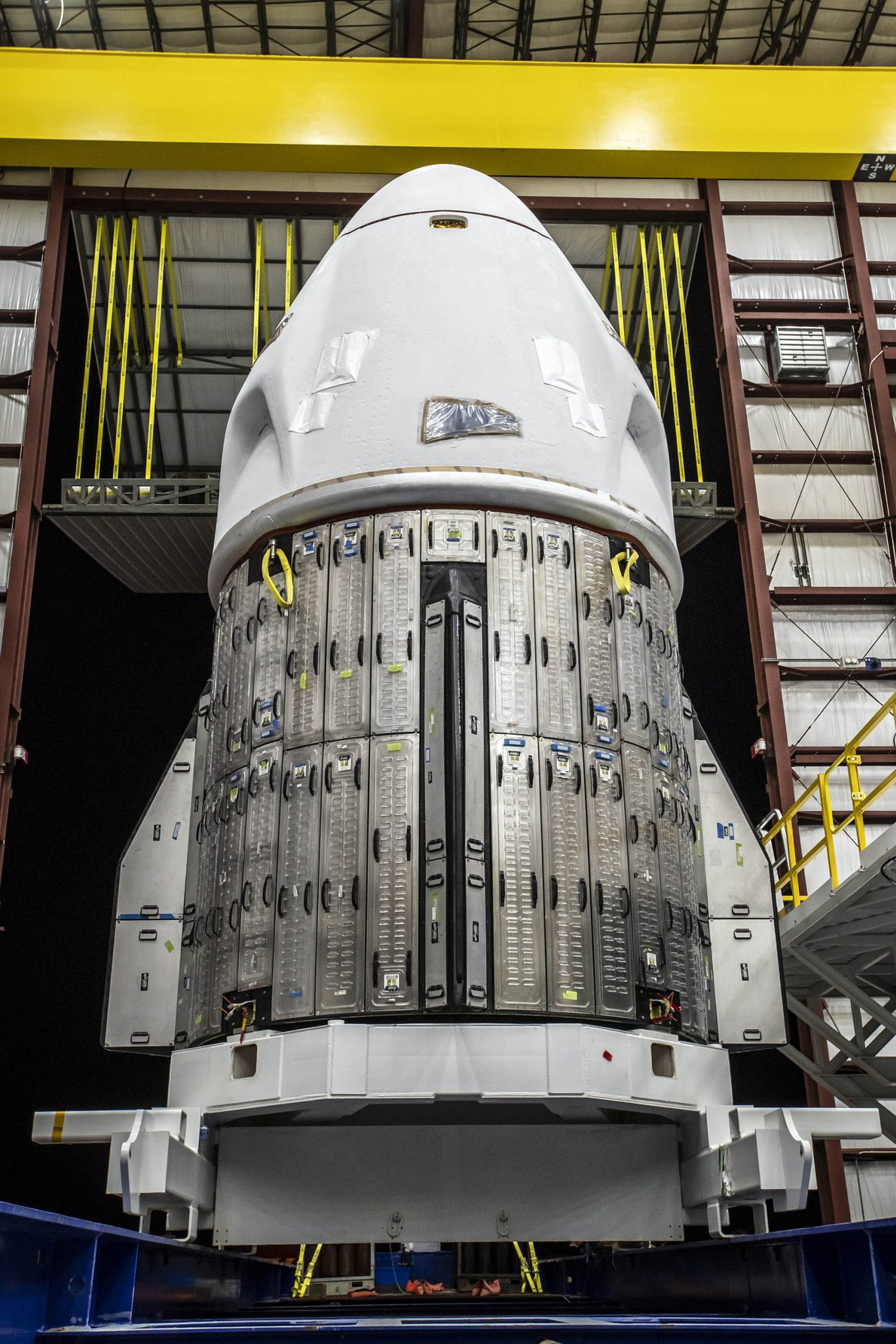
That promises to set Ax-2 in second place after Crew-4 on the list of quickest launch-to-docking of any Crew Dragon at the ISS. But with Crew-4 having taken only a couple minutes faster—some 15 hours and 45 minutes between their liftoff to docking in April 2022—there remains an outside possibility that Ax-2 might just pip this accomplishment.
Whitson and her crew are targeting an approximately two-week stay in orbit, during which they will facilitate more than 20 multidisciplinary experiments spanning the life sciences, human research, physical sciences and technology. Additionally, they will support about 130 hours of National Lab Science during their time aboard the ISS.

Also slated to launch as soon as 22 May is Arabsat 7B, a large communications satellite for Saudi Arabia, to be delivered on the first leg of its trek to geostationary altitude and an orbital “slot” at 26 degrees East longitude. Built by Airbus, with contracts having been awarded back in August 2020, the satellite—also known as “BADR-8”—weighs almost 10,000 pounds (4,500 kilograms) and has a total payload power of around 17 kilowatts for an anticipated 15-year operational lifetime.
Its on-board electric propulsion system is expected to allow it to reach its geostationary spot in four to five months. Arabsat 7B also includes Airbus’ TELEO optical communications payload demonstrator, intended to facilitate very high-capacity analog optical feeder-link communications.
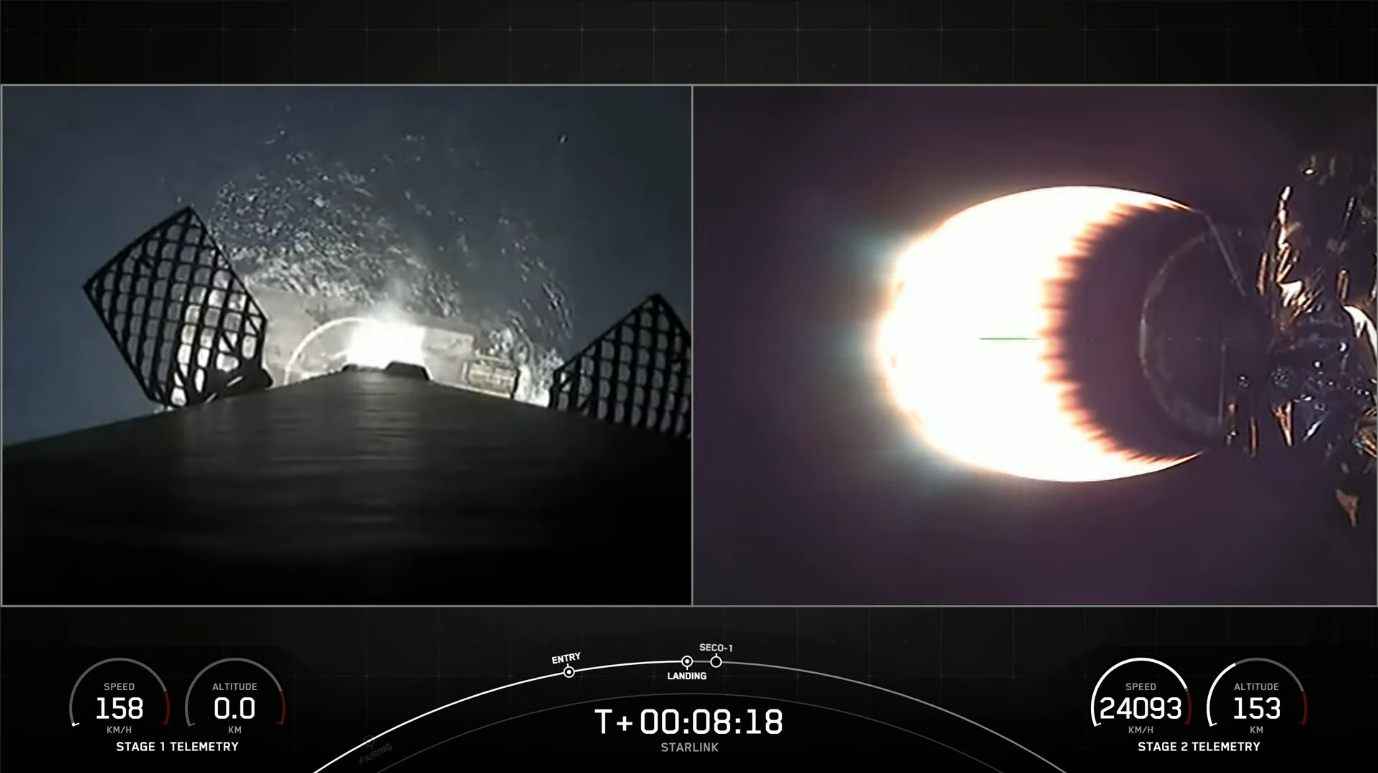
This is in support of a new generation of optical communications technologies for future missions, which carry high resistance to jamming. Current estimates are for Arabsat 7B to fly from the Cape’s SLC-40 about six hours after the Ax-2 launch.
Meanwhile, at Vandenberg Space Force Base, Calif., the West Coast’s second Falcon 9 launch of May is targeted for late next week. This will be a mixed-manifest mission of five ground-spares for Iridium NEXT’s global mobile communications network and 16 OneWeb broadband satellites.
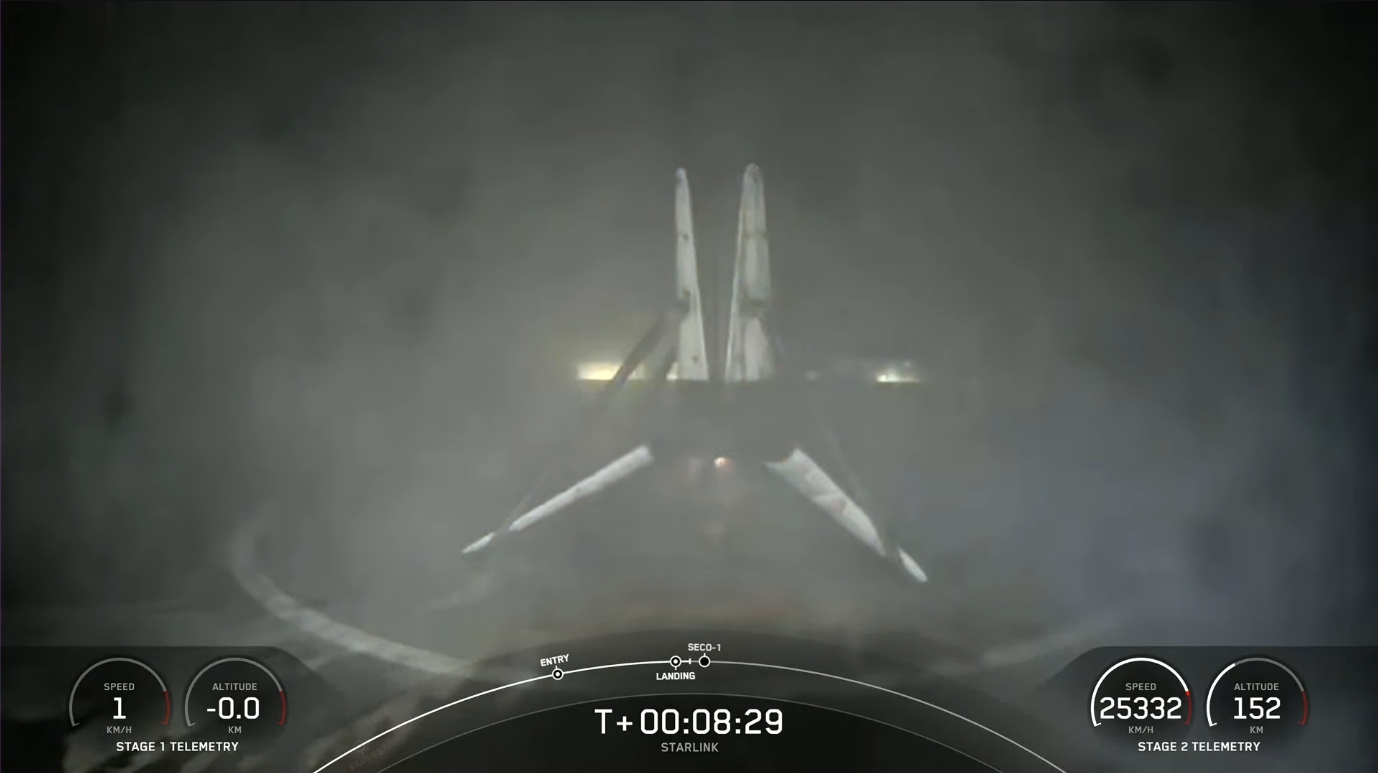
In early April, the OneWeb payload departed its factory in Florida, bound for Vandenberg. It will be SpaceX’s fourth launch of these broadband-providing satellites after three earlier missions last December, January and March.
And the five Iridium NEXT birds make this the ninth total mission that SpaceX has flown for Iridium, following eight previous flights out of Vandenberg between January 2017 and January 2019. Those missions delivered 75 Iridium NEXT satellites.
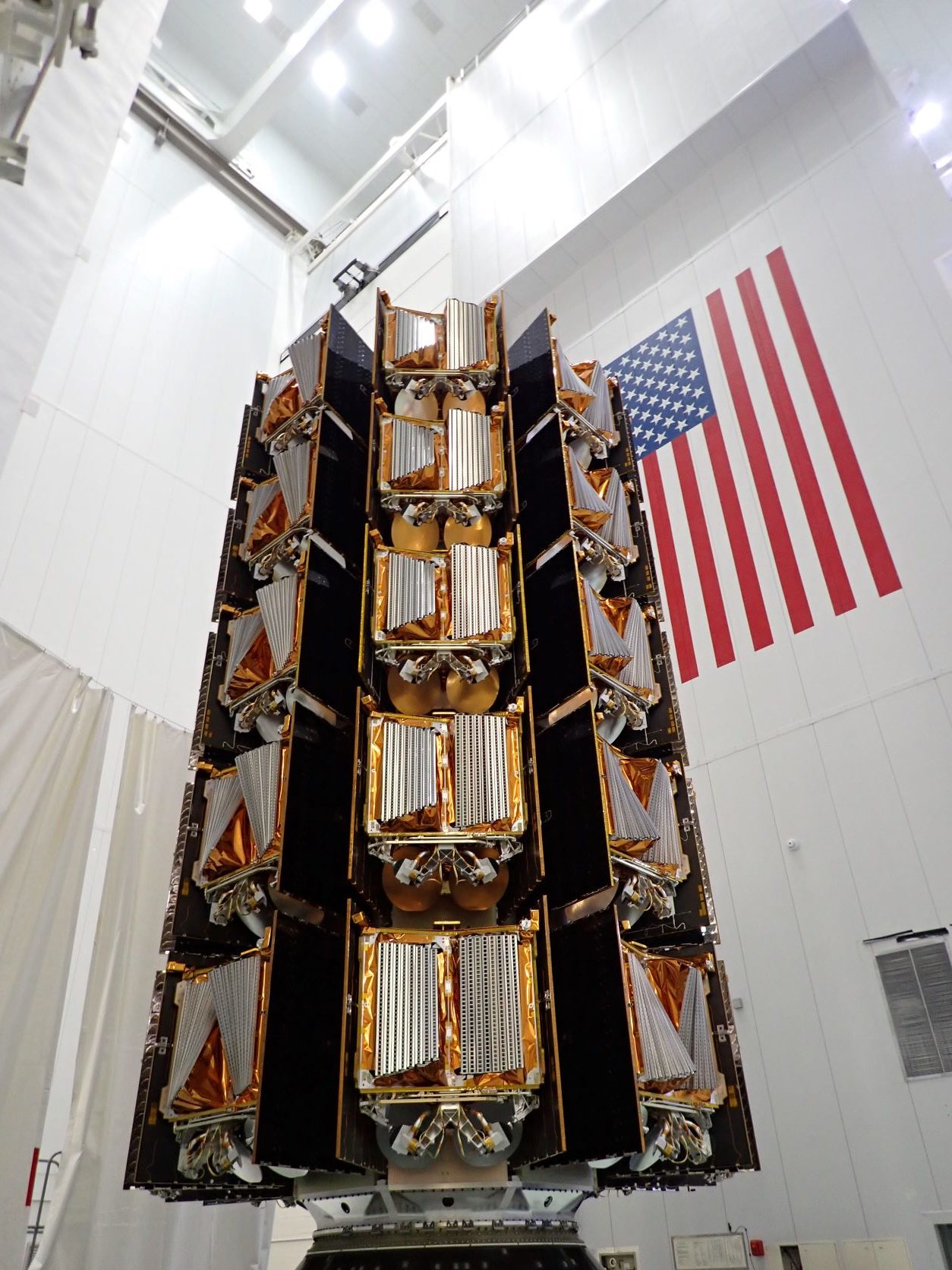
“The spare satellites have no utility to us on the ground,” explained Iridium CEO Matt Desch, in remarks made last September. “We built extra satellites as an insurance policy and with SpaceX’s stellar track record, we look forward to another successful launch, which will position us even better to replicate the longevity of our first constellation.”
All this does not count additional Starlink-carrying missions, of course, raising the potential that after a comparatively quiet start to May—with “only” three launches in the last couple of weeks—the month might wrap up by coming close to or exceeding SpaceX’s current record of eight flights, achieved in March.




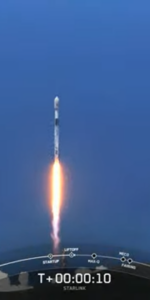
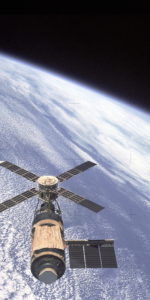
4 Comments
4 Pings & Trackbacks
Pingback:Weather Looks Iffy for Post-Midnight Falcon 9 Launch - AmericaSpace
Pingback:SpaceX Aims for Sunday Sunset Launch of Indonesia’s Satria Geostationary Mission - AmericaSpace
Pingback:SpaceX Launches Indonesian Satellite, Weather 75% Favorable for Penultimate Delta IV Heavy - AmericaSpace
Pingback:SpaceX Launches Indonesian Satellite, Weather 75% Favorable for ... - AmericaSpace - Digi90